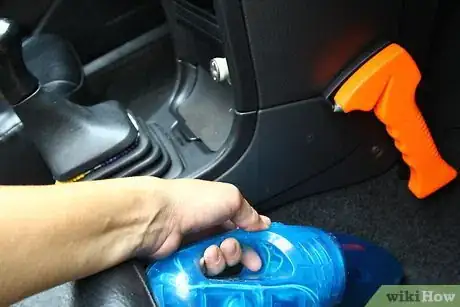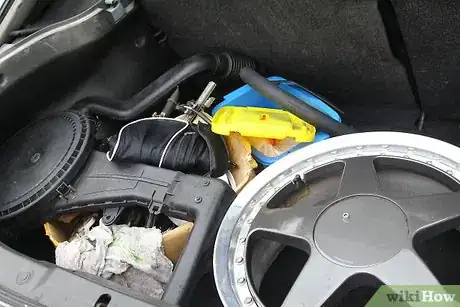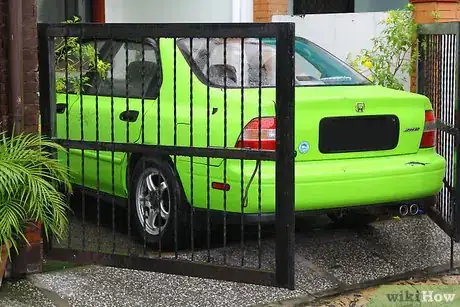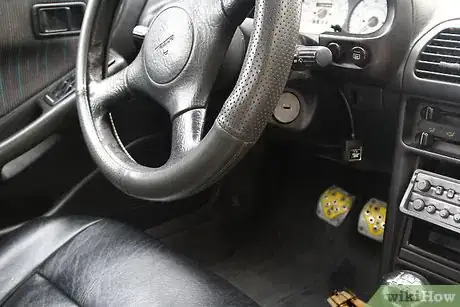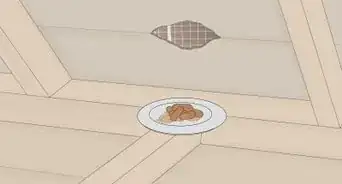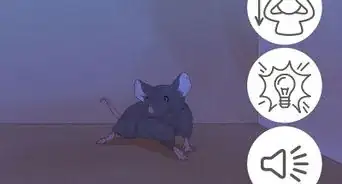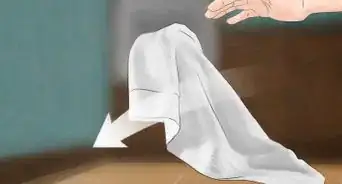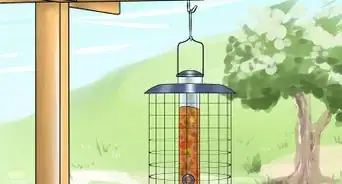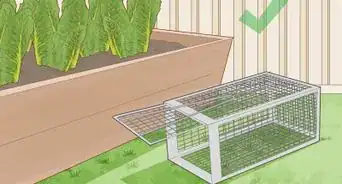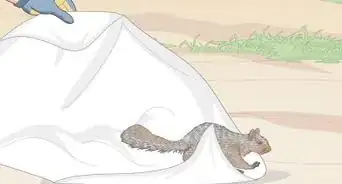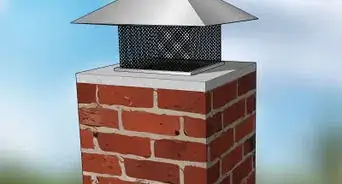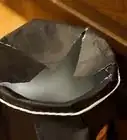wikiHow is a “wiki,” similar to Wikipedia, which means that many of our articles are co-written by multiple authors. To create this article, volunteer authors worked to edit and improve it over time.
This article has been viewed 37,225 times.
Learn more...
Mice: The scourge of the earth, or at least in the top ten. They are omnivores, but unlike other omnivores, they find the wiring of cars particularly delicious. Mice can chew through wires in the most inaccessible reaches of your automobile, which translates into expensive repairs. They also make a terribly disgusting mess. We’ve all heard of gadgets, tips, and tricks meant to deter these little demons, but they seldom (if ever) work. This article will help you prevent some of the nastiness and costly repairs by making your vehicle a little less desirable.
Steps
-
1Clean your car thoroughly. You have to start thinking like your enemy – and all they want is food and a warm dry place to hang out. When you drop just one French fry between the seat and the console, you have basically sent an engraved invitation to the nearest rodent population. Clean up that nasty car. Vacuum the carpet and use warm water with a mild detergent to scrub it, after testing a small area for colorfastness. Then use a wet/dry vacuum to extract the water. If you don’t have one, rub with dry towels and let it air dry. Clean the seats as well, but be careful – they may not hold up to the same abuse as the carpet.[1]
-
2De-junk the trunk. De-junk may not be a real word, but it’s still a must. Your trunk needs to be empty and clean. If it’s July, you don’t need a heavy winter coat in there. If you are hauling some of the kids' toys off to Goodwill – do it – and get them out of there. And for heaven’s sake don’t leave any type of “nesting” material in there: cardboard, newspaper, coats, hay. (Why do you even have hay in your trunk?)[2]Advertisement
-
3Check under the hood. This is important and easier than you might think. Mice love the engine bay, especially the air filter, cold air intake, air vents, and hood. This is also where most of your delicious wiring that they will be chewing up is located. You want to make sure the air filter and hoses are free of things mice may have stored up (food and nesting material). Get a flashlight and look in the hard-to-access areas around the motor as well for any signs of infestation. If you park inside, leave the hood popped up occasionally so mice don’t make their home in there. It would be even better to go ahead and clean the engine or have it professionally steam-cleaned to ensure all mouse “evidence” is removed.[3]
-
4Clean your parking area. In this step you are basically widening your clean-zone from the vehicle outward. This is really where your problems come from. Many people park in home storage areas, which is the mouse equivalent of Utopia. Get rid of all the clutter. Don’t leave anything soft, warm, or that can be used as insulation (cardboard and paper) exposed. Use rubber tubs to store things, especially pet foods. If you park next to an old shed or barn, either move to a new location or bulldoze that rat’s nest to the ground. Less clutter means less rodent hotel space, and less stuff means less free furnishings. It basically makes the neighbor’s house more appealing.[4]
-
5Exterminate mice with extreme prejudice. Now is not the time to get soft. You are probably making mortgage payments, car payments, paying insurance, and so on. While you pay out the nose, those mice trash your stuff and laugh at you. Take the battle to them. Skip all the poisons, live traps, glue boards (which are probably the most inhumane kind of trap ever invented) and go with the trusty old spring-loaded mousetraps. They are cheap, effective, disposable, and practically guarantee instant death. This is much better than poisoning a mouse and having it haunt you with its rotting stench for the next six months. Set them in and around you parking area, out of the reach of children and pets (don’t worry, your mice can get to them). Bait them with peanut butter. If you have a serious infestation, you can even set traps on newspaper in your trunk and on the floorboards of your vehicle – just don’t forget about them![5]
